HARMONY — Dozens of cars lined a dirt road here on Saturday, as visitors made their way through pouring rain into a tropical oasis filled with flowers, multi-colored parrot paraphernalia and birds — lots and lots of birds.
Welcome to the Siesta Sanctuary, where “retired” parrots come to live after their owners move to nursing homes or assisted living and have to give them up, or the birds are rescued from abusive situations.
“A lot of them are from people who’ve had them for years and their life has changed, so they have to find a home for the bird,” said Marg Buschmann, who runs the sanctuary with her husband, Fritz, out of their home. “A lot of them were beloved pets and they just need a new home. Some were abused and rescued but the person who rescued them couldn’t care for them, and they just dropped them here.”
The Buschmanns, both retired, started the sanctuary in 2006 and for the last several years have opened it up to the public three times a year for open houses. The events are a chance to meet and learn about the roughly 85 birds they care for at any given time.
“We want to share them and they like it,” said Marg Buschmann, wearing bright teal pants, a shirt with blue and yellow parrots on it and a yellow-naped amazon parrot, Ri Ri, perched on her shoulder. “The birds love it.”
“Hello. What are ya doin’?” Ri Ri said, helping Bushmann to greet some 200 people who visited the sanctuary Saturday.
Large parrots can live up to around 80 years in captivity, while smaller birds can live 15 to 20 years. Their long lifespan is one reason many people end up being unable to care for their pets at some point, the Buschmanns said.
A bird’s owner goes to a nursing home and can’t take the bird along. An elderly person dies, and the family no longer wants the bird. Sometimes a person’s neighbors or spouse objects to the bird or the noise it makes, and the owner is forced to give it up.
That’s where the Siesta Sanctuary comes in.
The Buschmanns started raising parrots in 1999 and said it wasn’t long before they were approached by people who wanted to get rid of them, so they started taking them in, officially founding the sanctuary in 2006.
In 2011 they added an addition to their house. It’s one of two rooms where the birds live and often fly and socialize freely. Many are used to living lives of isolation, but at the sanctuary they learn how to interact again with other birds, become part of a flock or find a mate.
“I’ve been an animal lover since day one,” Marg Buschmann said. “I’ve had parakeets, doves, lovebirds before I got into parrots. I always thought I wanted to work in a zoo, until I realized I’d have to live in a city to do it. We wanted to live here so we could have a lot of animals.”
In addition to the parrots, the couple has five cats, two dogs, four sheep, a donkey, a mini-horse, a llama, an emu, chickens and two peacocks.

Emily Burnette, a volunteer, pets a Moluccan cockatoo Saturday during an open house at the Siesta Sanctuary Assisted Living for Retired Parrots in Harmony.
Emily Burnette, who has volunteered at the sanctuary since December, said she had no clue it existed until she came to an open house with her mother last year.
“It’s in the middle of nowhere,” she said. “I wasn’t expecting this at all, but it’s just like, ‘Wow.’ You walk in this room and its absolutely huge. It’s really amazing to see all these birds. Not a lot of people get that opportunity, so I think it’s important for people to understand the importance of taking care of them.”
Visitors at the open house were invited to interact with the birds, many of whom wandered about in three different rooms of the house, singing, talking and screeching. Ear plugs were also available.
“It’s amazing,” said Liza McTighe, who brought her two children, Ella and Henry, to visit the birds after hearing about the sanctuary at work. “It’s also really great they’re opening their home to the public for this.”
It takes about $16,000 per year, or about $45 per day, to feed the birds, and the three open houses are one of the biggest fundraisers to keep the sanctuary running, the Buschmanns said. They also hope to educate the public about the birds, their origins and threats to their populations, and they take joy in seeing people interact with them.
“It’s nice, especially for the kids, to be able to see the birds up close,” Fritz Buschmann said. “It’s fun to see their expressions, especially when a bird talks. The kids just can’t believe the bird can talk.”
Copy the Story Link
Send questions/comments to the editors.


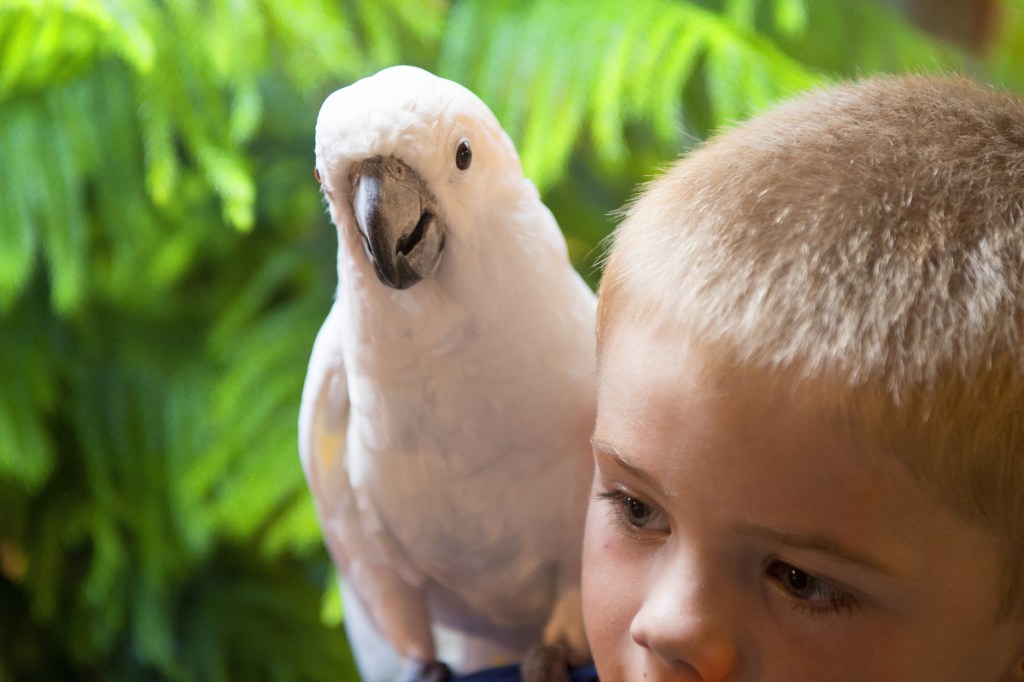
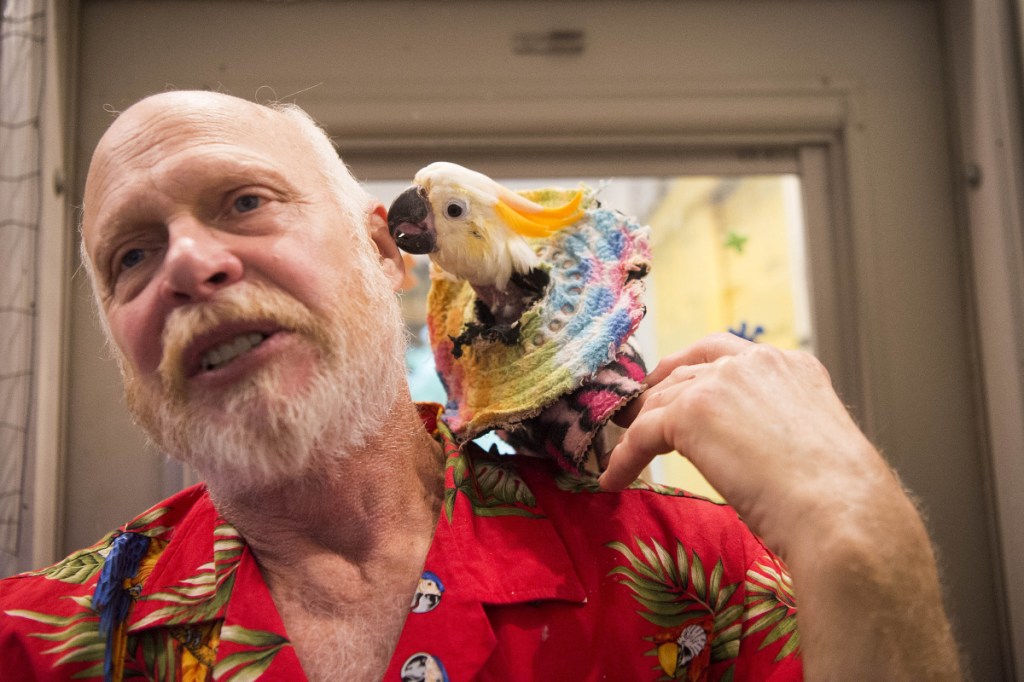
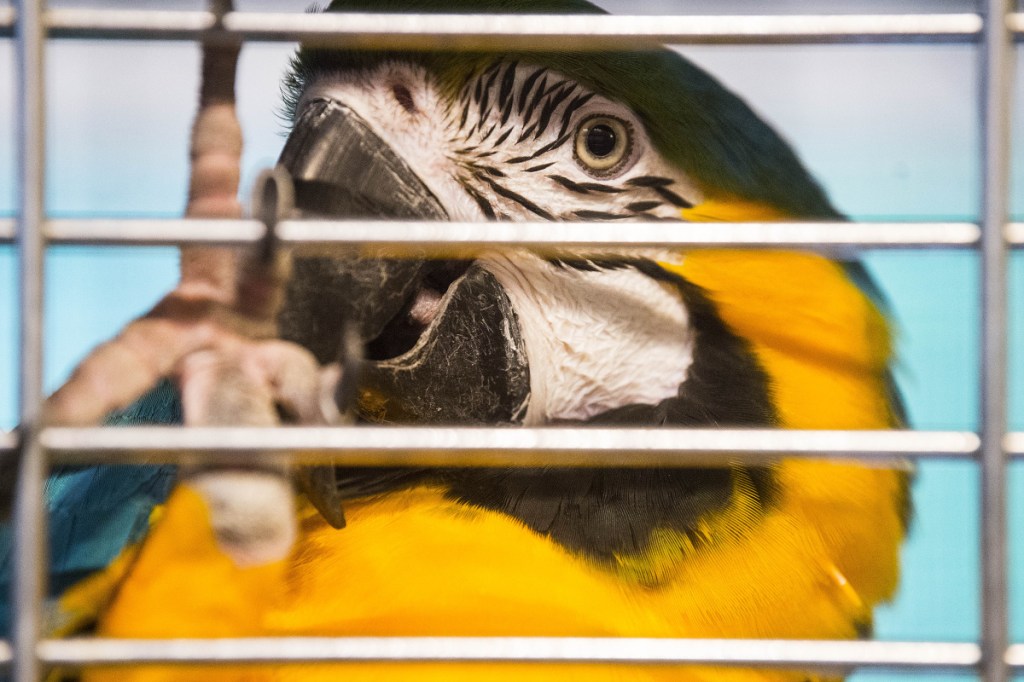
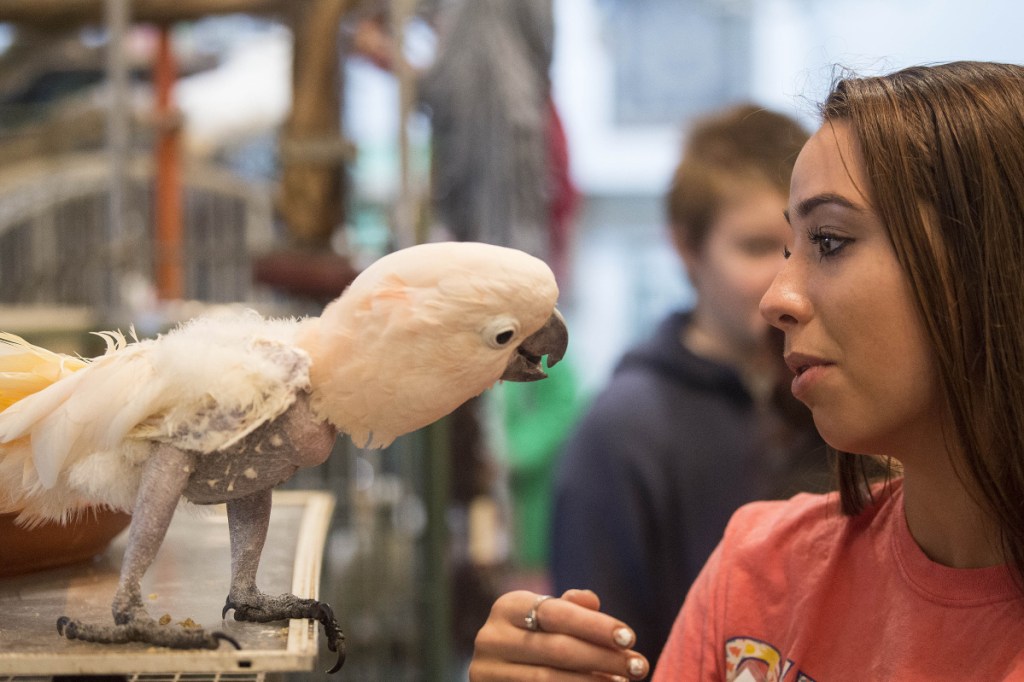
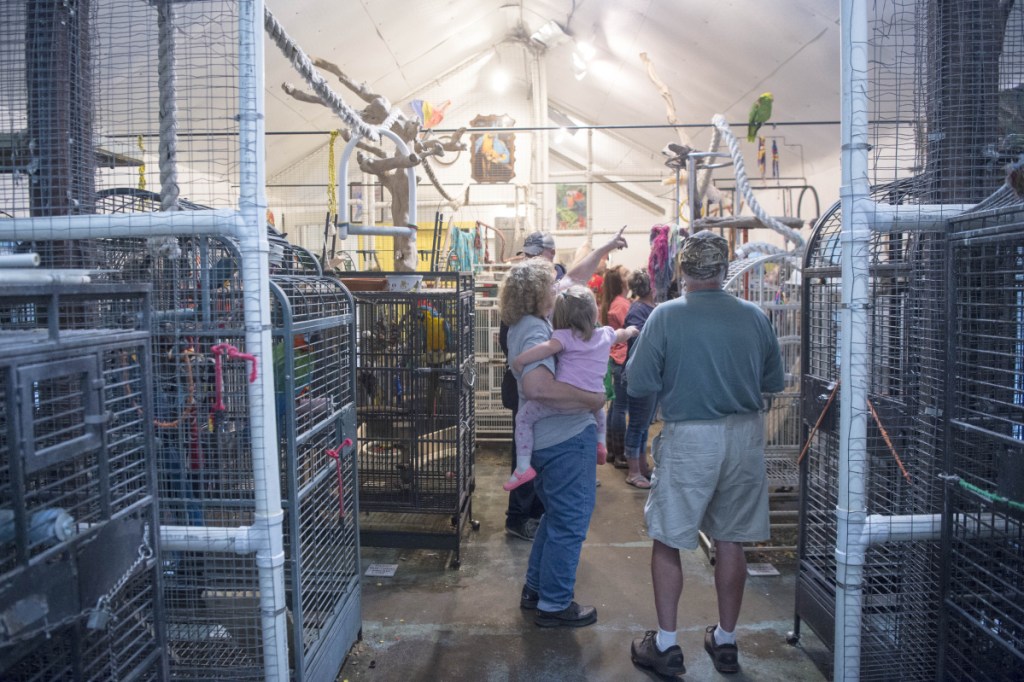
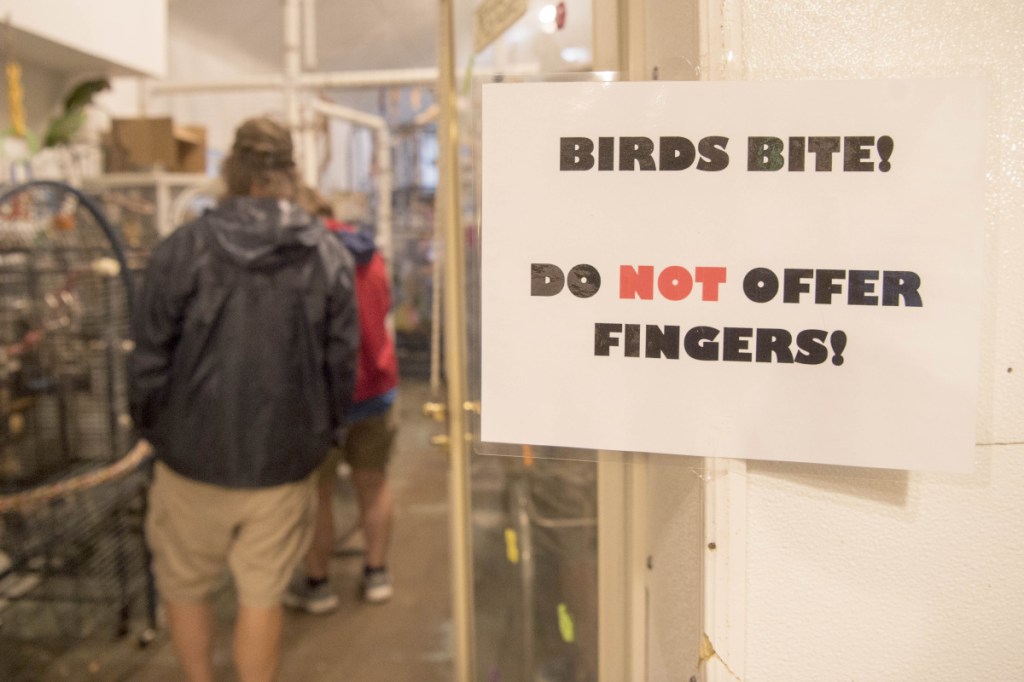

Success. Please wait for the page to reload. If the page does not reload within 5 seconds, please refresh the page.
Enter your email and password to access comments.
Hi, to comment on stories you must . This profile is in addition to your subscription and website login.
Already have a commenting profile? .
Invalid username/password.
Please check your email to confirm and complete your registration.
Only subscribers are eligible to post comments. Please subscribe or login first for digital access. Here’s why.
Use the form below to reset your password. When you've submitted your account email, we will send an email with a reset code.